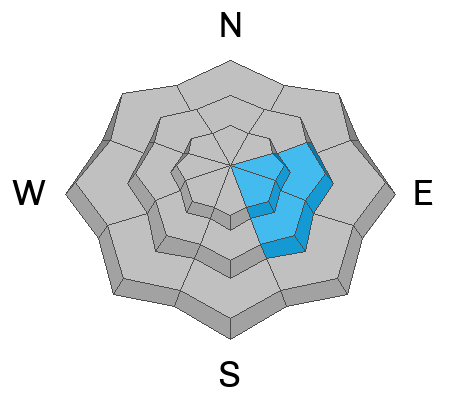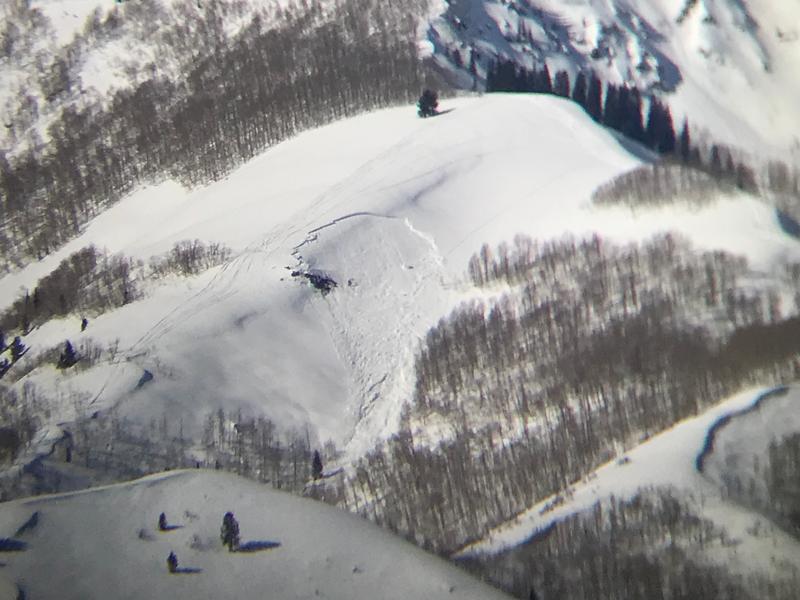Forecast for the Provo Area Mountains

Issued by Dave Kelly on
Tuesday morning, February 27, 2024
Tuesday morning, February 27, 2024
Today, there is a CONSIDERABLE avalanche danger on upper-elevation slopes where you are likely to trigger wind-drifted snow avalanches near ridgelines and terrain features; and at mid elevations facing east and southeast where you may trigger a persistent weak layer avalanche that breaks on facets above a crust 2'-3' deep.
The avalanche danger is MODERATE on other mid-elevation slopes and LOW at the lowest elevations.
Strong overnight winds created fresh wind-drifts at upper elevations and new snow may be covering them. These wind-drifts may break above you 1'-3' deep; and can be avoided by choosing terrain out of the wind zone.

Low
Moderate
Considerable
High
Extreme
Learn how to read the forecast here









